
Do you have a question about the Siemens WFM407 series and is the answer not in the manual?
| Category | Measuring Instruments |
|---|---|
| Display | LCD |
| Standard | IEC 61010-1 |
| Inputs | Voltage, Current, Frequency |
| Power Supply | 50/60 Hz |
| Frequency Range | 45-65 Hz |
Electronic, battery-supplied meters for determining heat consumption in autonomous heating and service water systems.
Used for measuring heat energy in heating systems supplied to several consumers, like apartment buildings and offices.
Lists different heat meter types based on nominal flow, installation, and sensor configuration for return installation.
Specifies the components included with the heat meter, such as compact meter, caps, manuals, and seals.
Catalogues various installation kits based on sensor immersion, flow sensor, and ball valve configurations.
Details the accessories included in installation sets, such as spacers, ball valves, and tees for different connections.
Lists various accessories available for the heat meter, including spacers, ball valves, tees, and threaded joints.
Specifies how to order heat meters, including type references and desired due dates.
Explains the single-jet measuring principle using an impeller, scanned electronically without a magnetic field.
Describes how heat consumption is calculated based on flow and temperature difference measured by sensors.
Details how heat consumption values are totalled, saved on the due date, and checked with a control number.
Outlines the scrolling display values, including cumulative consumption, segment test, due date, and water consumption.
Explains that the heat meter self-monitors and displays detected errors, retaining cumulative values until error occurrence.
Describes the calculator's electronics, 8-digit LCD, battery operation, and rotatable IrDA interface.
Details temperature sensors, their Pt 1000 element, PVC cable, and mounting in ball valves or tees.
Provides guidelines for installing heat meters, including local regulations, pipe rinsing, flow direction, and accessibility.
Advises observing local regulations for recalibration purposes.
Details metrological accuracy classes and environmental class ratings for the heat meter.
Lists flow values (min, nominal, max, starting), upper thermal power limits, and heating water quality.
Specifies permissible operating pressure, temperature ranges for use and ambient conditions, and battery life.
Provides details on connection sizes, mass, temperature sensor specifications, and relevant standards (CE).
Presents dimensional drawings for heat meters with installation lengths of 80 mm, 110 mm, and 130 mm.
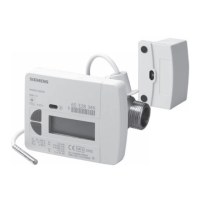

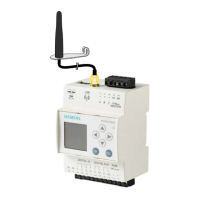
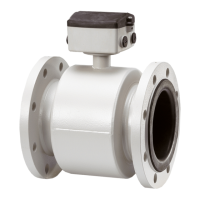

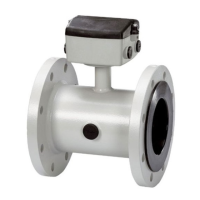
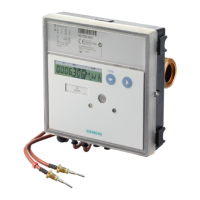
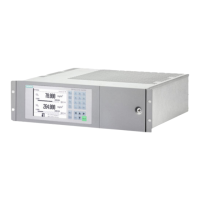
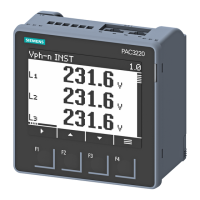
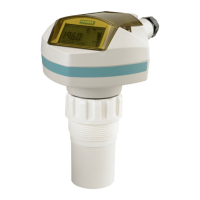

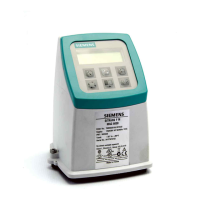
